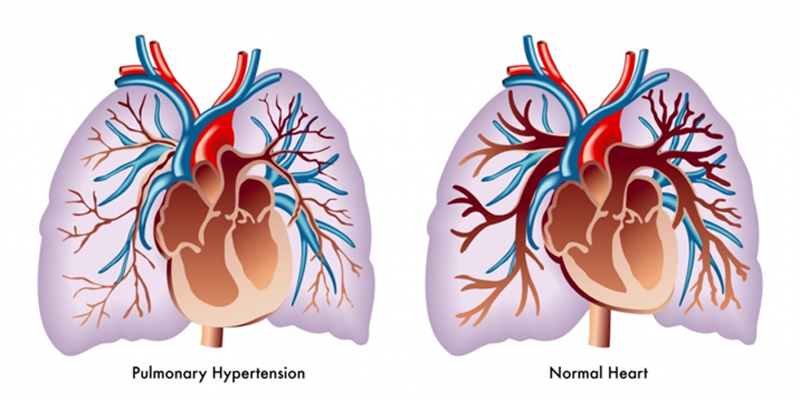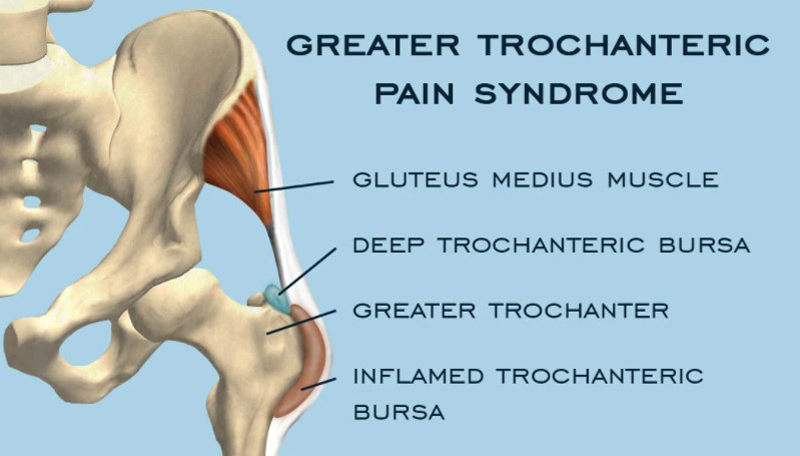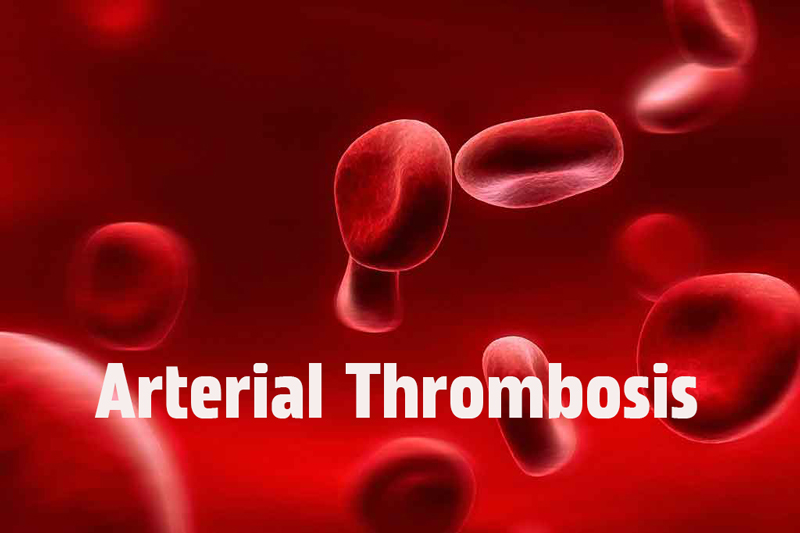Frozen Shoulder: Symptoms and Treatment
Aug. 18, 2023 #Arthritis
What is a Frozen Shoulder?
A frozen shoulder, also known as an adhesive capsulitis, is a common shoulder ailment characterized by stiffness, pain, and limited mobility in the shoulder joint. It affects approximately 4% of people, with a higher prevalence in women and individuals between the ages of 40 and 60.
The exact cause is unknown but potential factors include age, injury, certain diseases like diabetes, and prolonged immobility.
The condition progresses through three phases: freezing, frozen, and thawing. In the freezing phase, individuals experience pain and a gradual loss of range of motion. The frozen phase is characterized by ongoing stiffness and limited mobility. Finally, the thawing phase involves a gradual return of shoulder mobility.
Key Points:
- Characterized by stiffness, pain, and limited mobility in the shoulder joint
- Cause is not known, but factors like age, injury, certain diseases, and lack of mobility may aggravate the situation
- Occurs in three phases: freezing, frozen, and thawing
Symptoms of Frozen Shoulder
The main symptoms of frozen shoulder include pain, stiffness, and limited range of motion in the shoulder joint. The pain may worsen at night and with movement. Activities involving reaching overhead or behind the back can become difficult and painful.
If left untreated, the symptoms can last for months to years and may result in long-term disability. Early diagnosis and intervention are important for preventing further progression and improving treatment outcomes.
Diagnosis of Frozen Shoulder
Diagnosing frozen shoulder involves a physical examination, imaging tests, and consideration of the individual's medical history and previous injuries or conditions.
The diagnosis primarily relies on the reported symptoms and a physical examination conducted by a healthcare professional. Stiffness, pain, and limited range of motion in the shoulder joint are taken into account during the assessment.
Imaging tests like X-rays or MRI scans may be used to rule out other potential causes and evaluate the joint. A range of motion test called the shoulder abduction external rotation (ABER) test can also be performed to assess shoulder mobility.
Additionally, the individual's medical history and any previous shoulder-related issues are considered. This information helps determine the underlying causes or contributing factors.
Seeking a healthcare professional is important for an accurate diagnosis. Early diagnosis helps guide treatment interventions and improves the chances of successful management.
Treatment of Frozen Shoulder
Treatment for frozen shoulder aims to reduce pain, improve mobility, and restore shoulder function. The specific treatment plan varies based on symptoms, severity, and overall health. Early intervention and a multidisciplinary approach are crucial for optimal outcomes.
Conservative Treatments
Conservative treatments are usually the first line of management for frozen shoulder and include:
- Physical therapy: A qualified physical therapist guides individuals through exercises and stretches to improve shoulder mobility and strength. Techniques like joint mobilizations and soft tissue manipulation may also be used.
- Stretching exercises: Regular stretching exercises, performed under professional guidance, help alleviate stiffness and improve range of motion in the shoulder joint.
- Pain medication: Over-the-counter or prescription pain relievers may be recommended to manage pain and reduce inflammation.
Corticosteroid Injections
Corticosteroid injections may be used to temporarily reduce inflammation and pain in the shoulder joint. However, they are not a long-term solution and are typically combined with other treatments.
Surgical Interventions
In severe cases where conservative treatments haven't provided significant improvement, surgical interventions may be considered. Two common procedures for frozen shoulder are:
- Arthroscopic release: A minimally invasive procedure involving the use of special instruments to cut through tight ligaments and scar tissue that restrict shoulder movement.
- Manipulation under anesthesia: The individual is placed under anesthesia while the surgeon forcefully moves the shoulder to break up adhesions and increase range of motion.
Consulting a healthcare professional or orthopedic specialist is essential to determine the most appropriate treatment plan. They consider the severity and individual factors to create a personalized approach.
Prevention and Outlook
Preventing frozen shoulder involves maintaining shoulder mobility through regular stretching exercises. Shoulder exercises and movements are important to prevent stiffness and limited range of motion. Regular stretching exercises, guided by doctors or physical therapists, help keep the shoulder joint flexible and reduce the risk of frozen shoulder.
Early diagnosis and intervention are crucial for better treatment outcomes. Seeking medical attention at the first signs of shoulder stiffness, pain, or limited mobility can prevent further progression and improve the chances of successful treatment. Physical therapy and pain management techniques can help alleviate symptoms and promote shoulder function.
With appropriate treatment, most individuals with frozen shoulder can regain full or near-full shoulder function. However, recovery time varies, and some may experience residual symptoms or limited range of motion despite treatment. Consistency with prescribed treatment plans and ongoing rehabilitation exercises are essential for optimizing recovery.
In summary, by maintaining shoulder mobility, seeking early diagnosis and intervention, and following appropriate treatment plans, individuals with frozen shoulder can improve their chances of successful recovery and regain optimal shoulder function.










COMMENTS